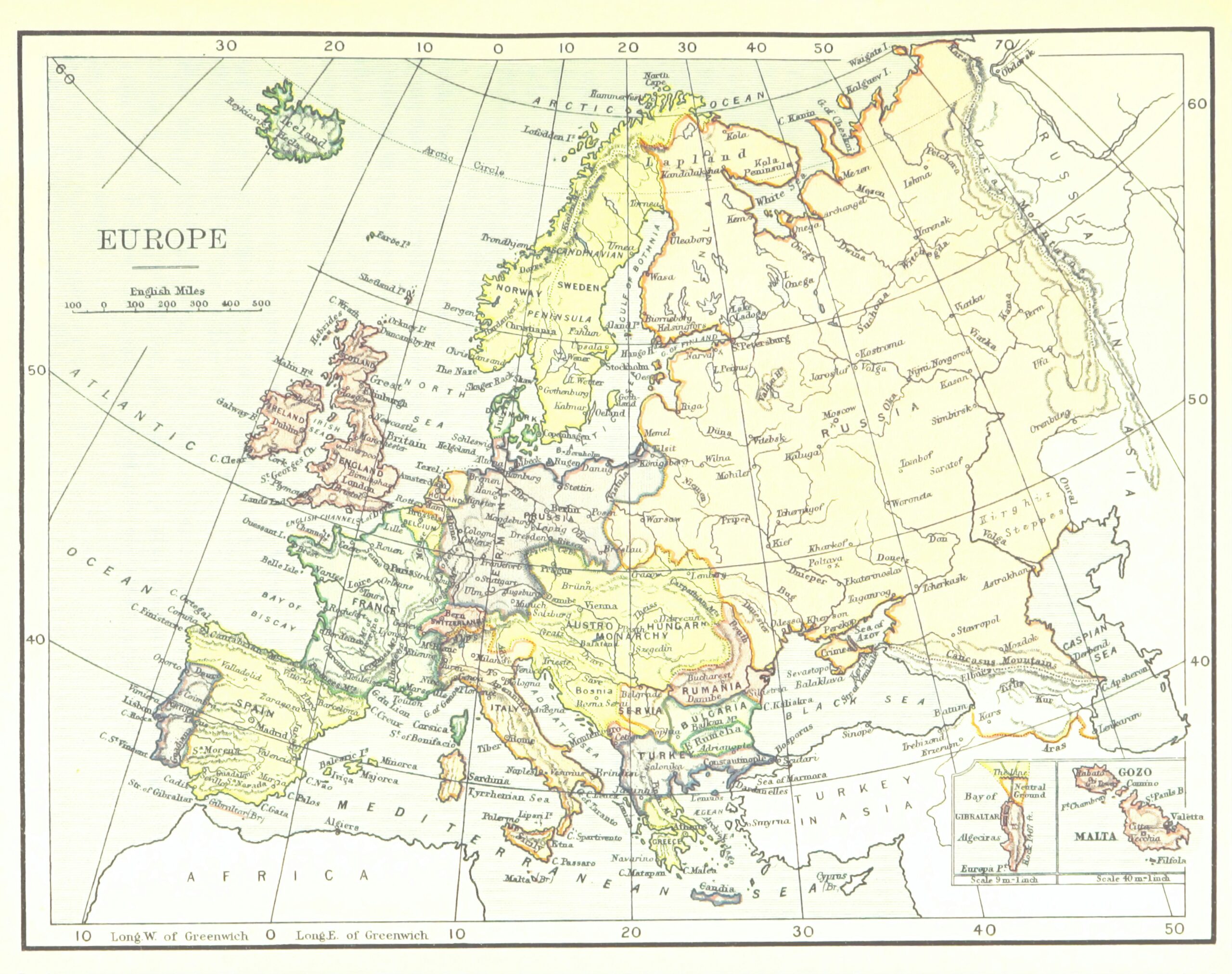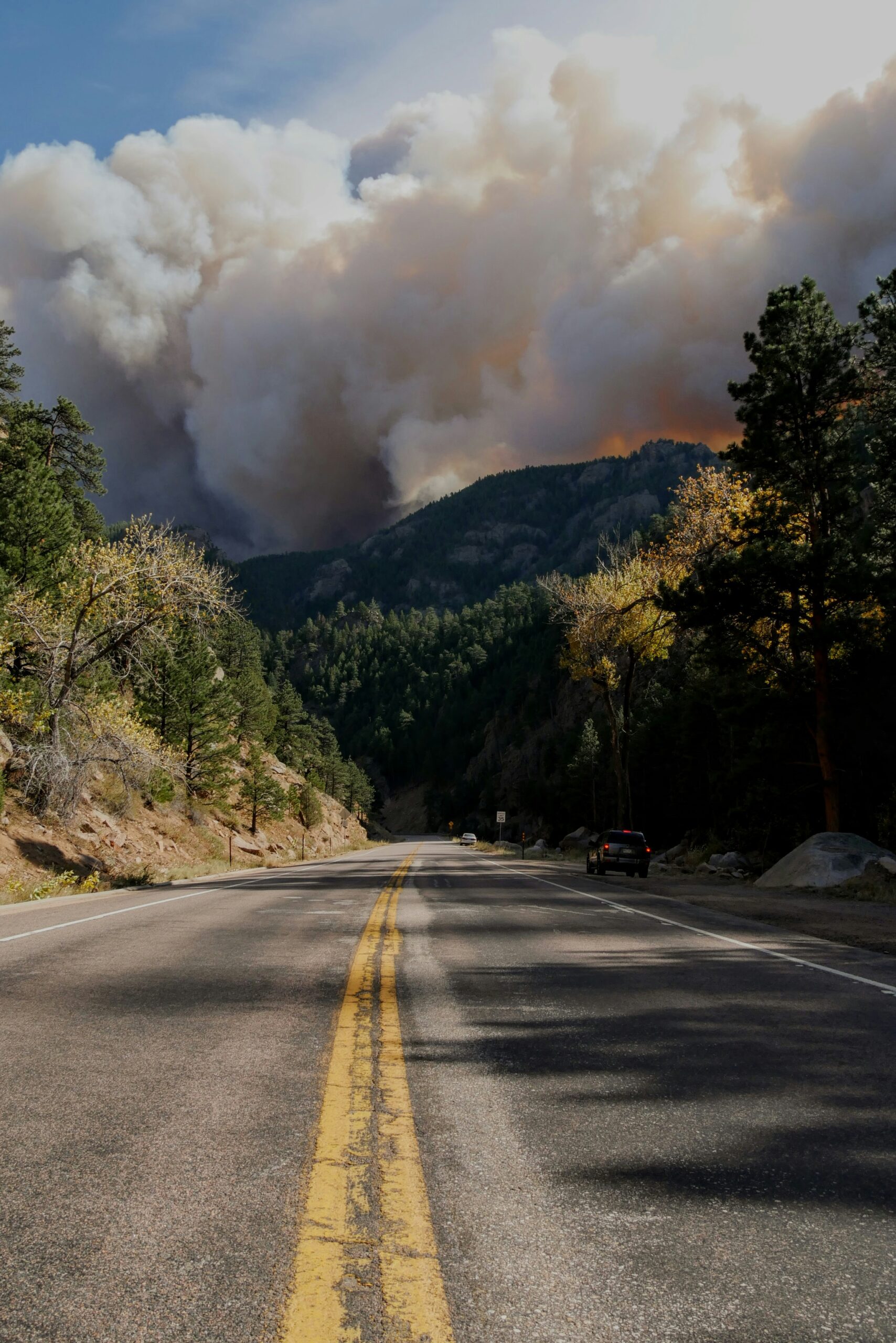Overview of Pollution Concerns in the Seine River
The Seine River, a vital waterway running through the heart of Paris, has long faced significant pollution challenges. Historically, industrial discharges, untreated sewage, and urban runoff have contributed to its degraded water quality. Despite efforts to improve the river’s condition, pollution remains a persistent issue, particularly exacerbated by rainfall which often leads to increased levels of contaminants.
Water quality in the Seine is monitored through a network of sensors and regular sampling by environmental agencies. These efforts aim to track the presence of various pollutants such as heavy metals, organic compounds, and pathogens. Common pollutants include nitrates and phosphates from agricultural runoff, hydrocarbons from vehicular emissions, and a range of microorganisms from sewage overflow. Each of these contaminants poses unique risks to both the ecosystem and public health.
The impact of pollution in the Seine River is multifaceted. For the aquatic environment, high levels of pollutants can lead to the depletion of oxygen, harming fish and other aquatic organisms. Nutrient overloads can result in harmful algal blooms, which further disrupt the ecological balance. The presence of pathogens and toxic chemicals also poses direct risks to human health, particularly for communities relying on the river for recreational activities and as a water source.
Given the significant role the Seine River plays in both the natural and urban landscape, maintaining its water quality is crucial. Effective pollution management not only helps to protect biodiversity but also ensures that the river remains a safe and enjoyable resource for the public. Ongoing monitoring and stringent regulations are essential to mitigate the impacts of pollution and safeguard the health of both the ecosystem and the people who interact with it.
Impact of Rainfall on Pollution Levels
The Seine River, a crucial waterway in France, faces significant pollution challenges, particularly after rainfall. Rainfall can dramatically alter pollution levels in the river through several mechanisms. One primary factor is urban runoff, wherein rainwater flows over streets, rooftops, and other impermeable surfaces, collecting various pollutants such as heavy metals, oils, pesticides, and other contaminants. This polluted runoff then enters the river system, leading to a sudden spike in pollution levels.
Scientific studies have substantiated the correlation between rainfall and increased pollution in the Seine. For instance, a study conducted by the French National Institute for Industrial Environment and Risks (INERIS) revealed that concentrations of pollutants such as nitrates and phosphates rise significantly after heavy rainfall. These substances contribute to the eutrophication of the river, causing harmful algal blooms that can devastate aquatic ecosystems.
Moreover, rainfall-induced pollution is not limited to chemical contaminants. Organic pollutants, including bacteria and viruses, can also be washed into the river, posing severe health risks to humans and wildlife. According to a report by the Seine-Normandy Water Agency, microbial contamination levels increase markedly following rain events, making the water unsafe for recreational activities like swimming.
Seasonal variations also play a crucial role in pollution levels. During the wet seasons, typically in spring and autumn, the frequency and intensity of rainfall are higher, leading to more pronounced pollution spikes. Conversely, during dry periods, pollution levels might be lower but can become concentrated due to reduced water flow, exacerbating the overall impact on the river’s health.
Climate change further complicates these dynamics. Increased frequency and intensity of extreme weather events, including heavy rainfall, are anticipated as global temperatures rise. This trend could lead to more frequent and severe pollution episodes in the Seine River, necessitating more robust pollution management and mitigation strategies.
Implications for Swimming and Other Recreational Activities
The recent cancellation of swimming training sessions in the Seine River due to heightened pollution levels underscores the significant health risks associated with contaminated water. Elevated pollution levels pose serious dangers to swimmers, who are at increased risk of contracting skin infections and gastrointestinal issues. The presence of harmful bacteria and pathogens in polluted water can lead to conditions such as dermatitis, ear infections, and stomach illnesses, making swimming a hazardous activity under these circumstances.
Beyond the immediate health risks for individuals, the pollution in the Seine River has broader implications for local communities and tourism. Recreational activities such as kayaking, paddleboarding, and fishing are also adversely affected, reducing the river’s appeal as a leisure destination. This decline in recreational use can have economic repercussions, particularly for businesses that rely on tourism and outdoor activities. Hotels, restaurants, and tour operators may see a decrease in visitors, leading to potential financial losses and affecting local employment.
Moreover, the social impact on the community cannot be overlooked. The Seine River is not just a tourist attraction but also a vital part of the local culture and lifestyle. Restrictions on river activities can diminish the quality of life for residents who regularly engage in these recreational pursuits. Community events and sports activities that revolve around the river may also face cancellations, disrupting social cohesion and community engagement.
To mitigate these risks, health authorities have established stringent regulations and guidelines to ensure public safety. These regulations include regular monitoring of water quality, timely public advisories about pollution levels, and enforcement of no-swimming zones when contamination is detected. Such measures are critical in safeguarding public health and maintaining the Seine River’s status as a cherished natural resource for both locals and tourists. Adherence to these guidelines is essential in preventing health hazards and minimizing the broader socio-economic impacts of pollution.
Preventive Measures and Future Outlook
In response to the heightened pollution levels in the Seine River, particularly after rainfall, a combination of immediate and long-term preventive measures must be considered to mitigate these recurring environmental issues. Short-term strategies are crucial for ensuring public safety and maintaining water quality standards. Temporary bans on swimming and other recreational activities during periods of increased pollution are essential. These bans can be enforced through real-time monitoring systems that provide timely updates on water quality, thus minimizing health risks to the public.
Beyond immediate responses, it is imperative to invest in long-term solutions that address the root causes of pollution. Improved urban planning plays a vital role in this regard. By designing cities with better drainage systems and green infrastructure, such as permeable pavements and green roofs, we can significantly reduce runoff and pollution. Enhancing waste management systems is another critical step. Implementing stricter regulations on waste disposal and promoting recycling can prevent waste from entering the river.
Future initiatives and technological advancements offer promising avenues for reducing pollution in the Seine River. Innovations such as advanced water treatment facilities, pollution detection sensors, and automated cleaning systems could revolutionize how we manage water quality. Additionally, utilizing data analytics to predict pollution spikes and implement preemptive measures can greatly enhance our ability to maintain a cleaner river.
The role of community engagement and policy-making cannot be understated in achieving sustainable improvements in water quality. Public awareness campaigns aimed at educating citizens about the impact of pollution and the importance of sustainable practices are essential. Engaging local communities in river clean-up projects can foster a sense of ownership and responsibility towards the environment. On the policy front, stringent regulations on industrial discharges and agricultural runoff, coupled with incentives for adopting eco-friendly practices, are necessary for long-term success.
By integrating these short-term and long-term strategies, we can create a comprehensive approach to managing and reducing pollution in the Seine River, ensuring a safer and healthier environment for all.


